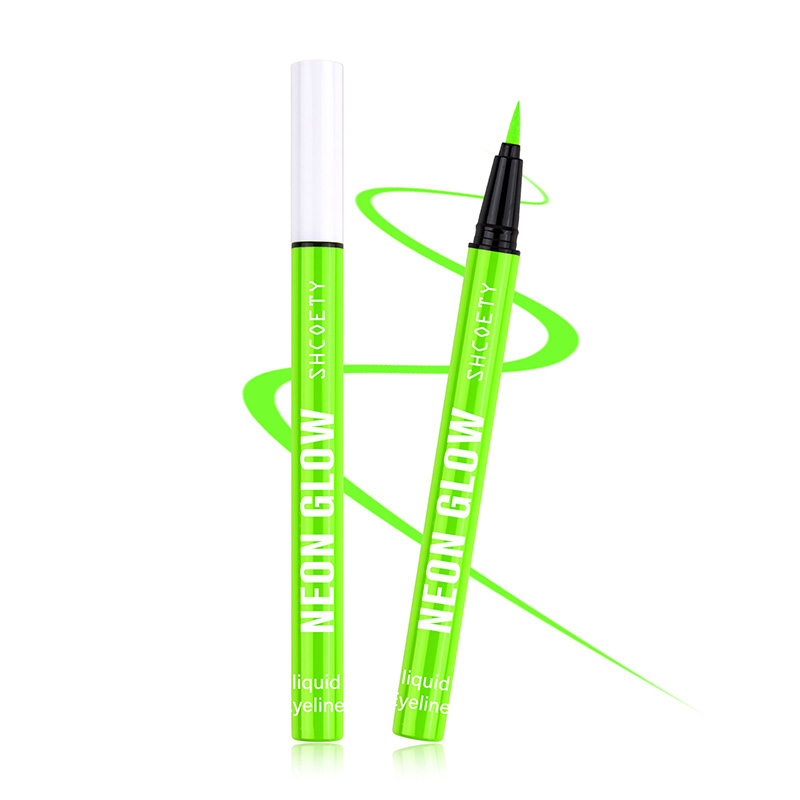Jan 02, 2025
The cosmetic industry is constantly evolving, with new product trends emerging regularly. Matte lipstick has remained a popular choice among beauty enthusiasts due to its long-lasting wear and sophisticated finish. However, the production of matte lipstick comes with its own set of challenges. Manufacturers need to consider various factors, such as texture, color payoff, and durability, while also addressing the specific needs of consumers. In this article, we will explore some of the key challenges faced in matte lipstick manufacturing and provide potential solutions, particularly in relation to other products like cream concealer foundation, eyebrow pencil and mascara, and eyeshadow eyeliner stick.

Challenge 1: Achieving the Right Texture and Consistency
One of the primary challenges in matte lipstick manufacturing is achieving the right texture and consistency. Matte lipsticks must provide a velvety smooth finish while avoiding the dryness that can cause discomfort for the user. The formula needs to deliver intense color without flaking or emphasizing fine lines on the lips.
To address this, manufacturers often incorporate natural oils and waxes to create a creamy texture that doesn’t feel too heavy or dry. These ingredients help balance the matte finish with the hydration that consumers desire. Similarly, in the production of cream concealer foundation, eyebrow pencil and mascara, and eyeshadow eyeliner stick, texture plays a significant role in product performance. Cream concealers must glide smoothly on the skin without settling into wrinkles, while eyebrow pencils need to deliver a soft, precise line without smudging. Mascara and eyeliner sticks, too, must provide a smooth application while offering longevity without flaking or smudging.
Challenge 2: Color Payoff and Consistency
Another key challenge in matte lipstick manufacturing is ensuring consistent color payoff. The formula should provide rich pigmentation with just one swipe, while also ensuring that the color stays vibrant throughout the day. Achieving this consistency is difficult, as factors such as the pigment-to-binder ratio, the type of pigment used, and the blending process all impact the final result.
To tackle this challenge, manufacturers need to carefully select high-quality pigments that offer long-lasting color without compromising the formula’s smoothness. This principle also applies to products like eyeshadow eyeliner sticks, where achieving deep, intense color payoff is essential for a bold eye look. The right combination of pigments and binders can ensure a smooth, consistent finish for all of these products.
Challenge 3: Longevity and Wearability
One of the reasons matte lipsticks are so popular is their long-lasting wear. However, ensuring that matte lipstick stays intact throughout the day without fading or smudging is a significant challenge. The lipstick must be able to withstand the elements of daily life, such as eating, drinking, and talking, without requiring frequent touch-ups.
In addition to matte lipstick, cream concealer foundation faces a similar challenge in terms of longevity. A concealer must stay in place throughout the day without creasing or settling into fine lines. Likewise, eyebrow pencils and mascara need to maintain their appearance despite sweat, moisture, and movement. Mascara, in particular, must be smudge-proof and resistant to flaking to avoid a messy appearance.
To enhance longevity, manufacturers may use setting agents or silicone-based compounds that form a barrier on the skin or lips, helping the product adhere for longer periods. This is also a common approach in the production of eyeshadow eyeliner stick, where the formula needs to be resistant to fading or smearing for all-day wear.
Challenge 4: Consumer Sensitivity and Allergies
Another important factor in the production of matte lipsticks and other cosmetic products is ensuring that the formula is safe for all skin types, including sensitive skin. Allergic reactions to certain ingredients can cause irritation or discomfort, which can damage a brand’s reputation. Manufacturers must therefore use hypoallergenic ingredients and conduct thorough testing to ensure the products are safe for use.
For instance, in cream concealer foundation, it is essential to use ingredients that won’t cause irritation or clog pores. Similarly, when creating eyebrow pencil and mascara products, it is critical to select ingredients that are safe for the delicate skin around the eyes. Eyeshadow eyeliner sticks must also be formulated with care to avoid irritation, particularly for individuals with sensitive eyes.
Challenge 5: Packaging and Consumer Experience
Finally, packaging plays a crucial role in the overall consumer experience. For matte lipsticks, it is essential that the packaging is both functional and visually appealing. Consumers expect ease of use and durability from lipstick tubes, as well as packaging that protects the formula from contamination. Additionally, packaging must be designed to avoid product waste and ensure that the lipstick can be easily applied.
The same considerations apply to packaging for cream concealer foundation, eyebrow pencil, mascara, and eyeshadow eyeliner stick. These products must have packaging that facilitates precise application while protecting the product’s integrity. For example, an eyebrow pencil needs a sharpener, while mascara tubes require a brush that coats the lashes evenly without excess product.
Matte lipstick manufacturing, like the production of other cosmetic products such as cream concealer foundation, eyebrow pencil and mascara, and eyeshadow eyeliner stick, requires careful attention to detail in formulation and packaging. The challenges of achieving the right texture, ensuring color consistency, improving longevity, addressing consumer sensitivity, and creating user-friendly packaging must all be considered to produce high-quality products. By carefully selecting ingredients, testing formulas, and designing innovative packaging solutions, manufacturers can meet the needs of consumers and create cosmetics that deliver both performance and satisfaction.